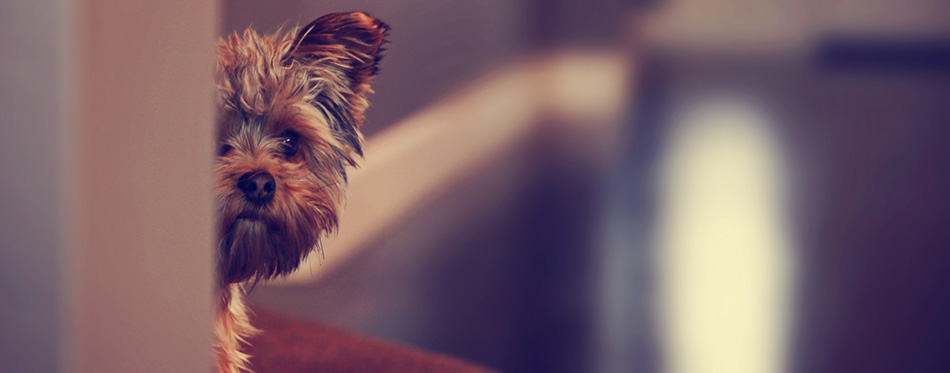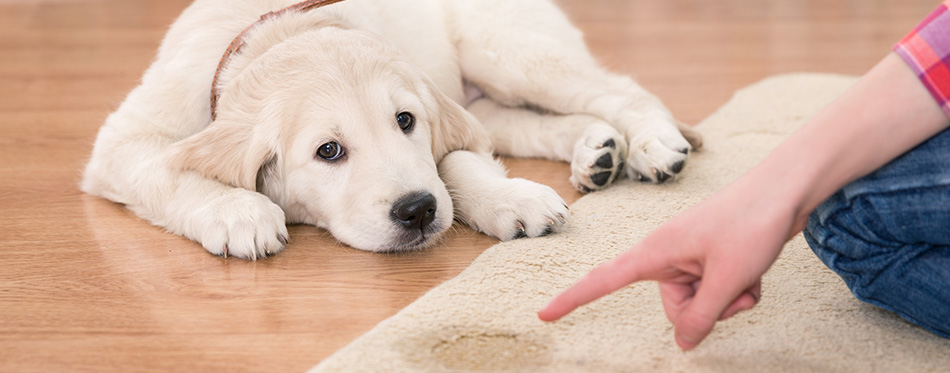Are you a new pet parent looking for the best ways to potty train your dog? Or you are considering getting a new dog but worried about the dog easing itself all around your premises? Worry less! We are here to assist on this pet journey especially on how best you can potty train your dog.
Bringing your new puppy home is certainly an exciting time, but having a new pet also brings challenges. One of the first and biggest challenges you can face is potty training. Potty training at the appropriate place and time is one of the most essential steps you can take to ensure happiness in the home with your dog. It can be very stressful and emotionally draining when you have to clean a stinky mess created by your dog after a tiring day. It is, therefore, important to ensure that before you bring a dog into your home, you know the kind of breed you want and research into their possible behaviors and the training that will work best for you and your dog. Also, make available the required tools for the training such as an adequately-sized dog crate, a leash, dog pee pad and papers, dog treats and stains remover. Head over to our reviews of dog leashes and retractable dog leashes for more alternatives.
Although potty training can be a simple process fundamentally, it can be filled with uncertainty, misunderstanding, and irritation. The first few days can be tremendously exhausting but it gets better with time, especially if you follow the tips that will be provided by us. If you want to know how to potty train a puppy in an apartment pr how to potty train an older dog, we can say for a fact that you and your dog will be able to grasp the training tips with so much ease within the shortest possible time.

Observe and Monitor
Like we have already mentioned, after you have researched into the kind of breed of your dog and its possible behavior, you need to observe your dog keenly for individual traits. Some dogs can hold it longer than others so you need to try and relax them so they can anticipate.
Never disrupt your dog when it is relieving itself at the appropriate place that you want it. Rather, allow them to relax, get into the mood and ease itself. One of the simplest ways to avoid accidents is learning to identify when your dog needs to go out. Most dogs will sniff the ground when they want to potty, but there are many other more signals that happen prior to sniffing. Some pace while others appear distracted and walk away from playing; these are subtle signs that they have to go out. If your dog attempts to sneak out of the room, take a potty break immediately.
Manage the Diet of Your Dog
It’s vital to understand that a puppy potty training schedule thrives on consistency and your dog will be able to learn faster when put on a predictable schedule and this includes the food it eats. Researching in advance into the breed of your dog and its behavior will assist you in choosing the right kind of feed for it. However irrespective of your choice of feeding, it must be of the best quality.
In order to ensure that you do not overfeed your dog, it is important that you break the feed into small parts for the day; breakfast, lunch, and supper. Feeding your dog at the exact time each day will help you monitor when it will need to ease itself; thus your ability to predict and schedule a time to pee and poop. Also, monitor the stool of your dog to ensure that it is getting the right feed and to avoid catching diarrhea which might cause the training to be tougher than it usually is.
Develop a House Training Routine
In order to fully develop a house training routine, you need to monitor the daily events of your dog. You must show your dog its place in the home and limit its area. Let it understand when it is appropriate to go on walks, allowing it to be accustomed to a particular sound and even understanding what it means when it barks in a particular way.
You must also keep in mind that causing your dog to follow a routine will not take overnight; it will take some days or even weeks depending on how smart your dog is. Give your dog the ample opportunity to do the right thing and follow the routine. However, put across the idea that there is the appropriate place to potty and that some areas are out of bounds for it.
Crate Training
Most people, especially those who are new dog-parents, wince at the idea of confining their dogs in a crate. However, crates make life much easier, especially when you make visits to the vet or travel or for general safety reasons on the road. Since dogs naturally have the instincts to keep their den clean, crate training is a great technique to potty train your dog especially when you are unable to give your dog the full needed attention.
An adequately sized crate will be a home for your dog and this will keep him from soiling the home. When it feels an urge, your dog will mostly bark and scratch and this should be a signal to you that it needs to move out of the den to urinate or poop. When this happens, do not delay; should your dog lose control, it will have an impression that it right to mess up its home and it will not hesitate to soil your home too. Until your dog is fully potty trained, it’s best you monitor it and make the training much easier. This, when done well, will diminish the rate at which your dog messes around; if not eliminate it messing around completely.
Pads and Paper Training
Although using pads and paper training can be a bit tricky since you are reinforcing two separate potty options for the dog., it can be great means to give your dog the option of easing itself in an approved area at home; especially when your home does not have an outdoor compound. The pads and papers are mostly scented to attract the dog to urinate on them and can aid the training process depending on your circumstances. However, it can extend the potty training process and make it difficult to adapt to the outdoor means if your intention is to later migrate them outdoors. You need to take up proper cleaning measures by changing the pads or papers regularly to avoid infections and odors.
Disrupt Accidents
Should you catch your dog soiling the home; that is urinating or defecating at the inappropriate place, startle it. This can be done with an immediate noise either by clapping rudely or by saying a word which means you are in disapproval of its act. Quickly lead the dog to the specific area it is allowed to defecate or urinate. The entire purpose of disrupting the accidents is to get its attention and let it understand that you do not approve such behavior but not to scare it.
It is also very important to be consistent with your disapproving words or noise when disrupting the dog; you do not want to confuse the dog with your inconsistencies. Not all dogs may be able to stop when you disrupt it when it is easing itself but still go ahead with the disruption since it will still form part of the training. Never use negative reinforcement as a means of disrupting your dog; this may cause it to be scared of you or cause them to potty at places which will be hard for you to reach.
You may also like our articles on Dog Poop Bags, Indoor Dog Potty and Pooper Scoopers.

Clean up Mess
Immediately clean up messes created by your dog; this will prevent the dog from the desire to ease itself in the same place again. Thoroughly clean the area messed up with your antiseptics and other enzymatic cleaners consciously avoiding the ones with ammonia; since urine has a strong smell of ammonia which will make the dog smell and acclimatize with it.
Rather, you can use white vinegar to counteract the smell of ammonia in urines, and this will help get rid of the stinky smell and the dog’s attraction to the area. In situations where the dog messed up the carpet, do well to splotch up liquid on the carpet before cleaning the rug. Take a look at our review of the best rugs for dogs for more options.
Praises and Treats
Avoid scolding your dog when it soils the home even if you are potty training a stubborn puppy. Do not, as mentioned earlier, use negative reinforcement like letting the dog smell its poop as a means to deter the dog from soiling the home. In contrast, praise your dog for doing the right thing; after praising, it will work best for both of you in this potty training journey.
Offer some treats anytime it attends to nature’s call correctly; it can be a cheer, clap or cookies. Let it know that its accomplishment of defecating or peeing right is deeply appreciated. Being consistent with your praises and treats will give your dog an emotional incentive to do its business in the correct place.
Source:
- POTTY TRAINING PETS – Texas A&M University

